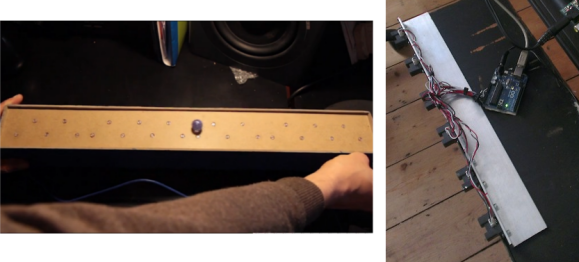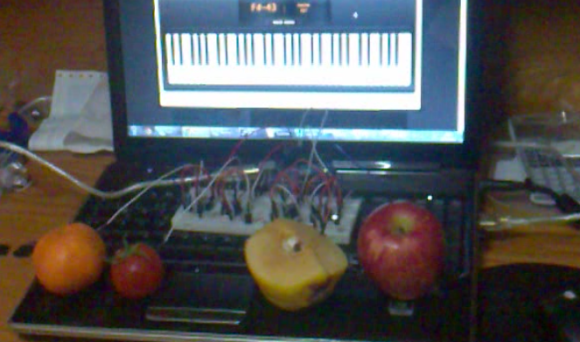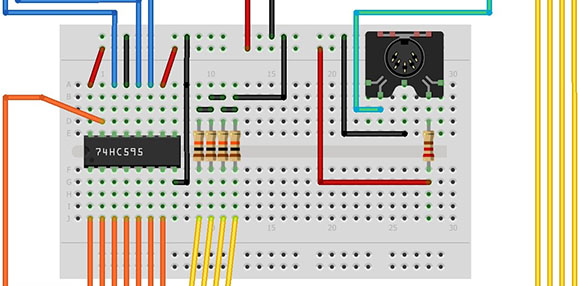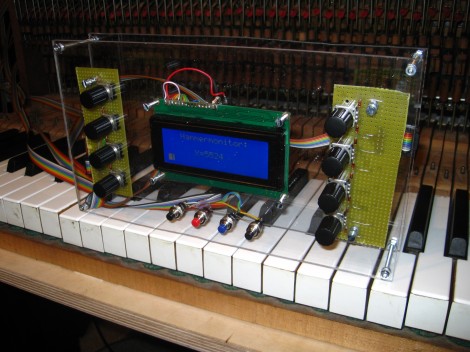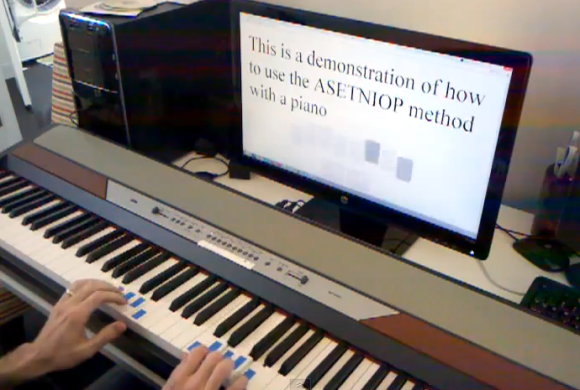
We don’t know if typing your Facebook updates from a piano keyboard counts as practicing or not. But if you want to give it a try here’s how. [Zach] wrote in to our tips line with his latest ASETNIOP hack which uses a MIDI piano keyboard to touch type on a computer.
Last July was when we first heard about ASETNIOP. It’s a chorded typing system which at the time was aimed at, but not limited to, touch screen devices. This version gives a pretty good idea of how the system actually works. Your fingers and thumbs are each assigned a key and they never move away from it. To type more than just the ten letters, combinations of keys are assigned the rest of the alphabet. You can see the piano example of the system after the break. But better yet would be hooking your own MIDI keyboard up to the computer and trying it in a browser.
Continue reading “ASETNIOP Chorded Typing With A Piano Keyboard”

